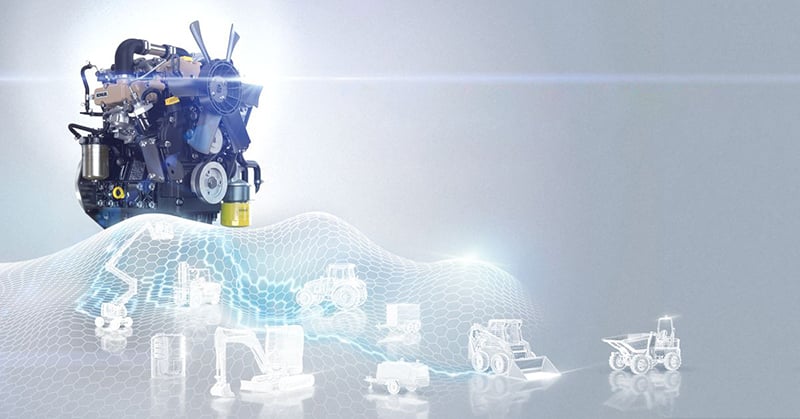After a three-year stop due to the pandemic, with the last edition held in 2019, Bauma 2022 is poised to be a once-in-a-lifetime occasion loaded with news. It certainly will be for Kohler, which has chosen the Munich tradeshow to present the new roadmap that will transform the group from a power producer to an energy supplier.

On the road to clean energy, a first step forward has already been taken with the acquisition of Curtis, a leader in electric vehicles and hybrid applications. The acquisition expands and diversifies Kohler’s product portfolio, leveraging Curtis’ expertise in electrification, and solidifying Kohler’s commitment to hybrid and electrified solutions.
Kohler’s roadmap toward electrification has 2025 as its first-time goal, the date when it is expected to take off. The company’s vision is to develop sustainable and technically sound EV system solutions to increase the performance of internal combustion engines by placing full electric solutions alongside them, thereby making Kohler the best partner for drop-in options in key markets. Maintaining high standards then, integrated power unit solutions that enable the most cost-effective and efficient operation possible, but above all modularity: a wide choice of solutions – hybrid, mild hybrid, full electric – to meet every OEM need. Concretely, it means that Kohler is working on hybrid in parallel with the K-HEM line, but wants to expand to hybrid and full electric architecture as well.
It is a new vision that Kohler intends to put more emphasis on innovation and development of new technologies for green transition this year, with reliable products and global performance. Not only electrification, but the study of new fuels to meet the diverse and changing needs of OEMs. All this is in line with the group’s identity, a bearer of evolution, dynamism, flexibility and attention to the demands of manufacturers.
Indeed, it is undeniable how the energy industry today is aiming for sustainability and carbon neutrality, leading the process toward decarbonization, with energy storage systems identified as key factors for large-scale deployment of renewables. It’s no doubt a challenge which is very difficult for our industry to tackle, but one in which we strongly believe.
Current technology is constantly evolving, and the need to focus on alternative fuels is increasingly evident. Kohler has made this path of renewal its own, beginning by joining the eFuel Alliance, the organization that represents companies and other organizations that support and promote the use of alternative fuels from renewable energy on an industrial scale, with the goal of raising awareness of this type of low-carbon fuel. Since February of this year, Kohler has allowed HVO, a renewable fuel that can be produced from various vegetable oils and fats, to be used on its entire range of diesel engines. Unlike conventional biofuels that are derived from crops that compete with food use, HVO is derived from waste that does not take land away from agriculture, leading to a reduction in CO2 emissions of up to 90 percent.
Alongside HVO, Kohler has also decided to include hydrogen as an alternative fuel: an incredibly versatile energy source whose technology is rapidly evolving. It will certainly be an uphill road, and we are only at the beginning. The hydrogen internal combustion engine will be a cost-effective drop-in solution, and potentially adaptable to most applications. Benefits include a 100 percent reduction in CO2 emissions and near-zero emissions but with diesel-like performance.
Also considered within this strategy will be the all-new KSD range, the latest addition to Kohler’s lineup that promises great flexibility of options and quality performance while maintaining a compact design. The engine, already presented as a multi-fuel platform, will be enhanced by the hybrid model.
Thus are born the new pillars of Kohler’s strategy, new avenues to be pursued: alternative fuels, more economical and logistically manageable, to be developed by 2030; electrification and hybridization, to reduce engine size or achieve zero emissions during operation; and hydrogen as a potential green source fuel. And it’s not only product-related, it’s a significant change of direction in corporate strategy under the banner of a more sustainable future.
 Copyright 2020 All rights reserved.
Copyright 2020 All rights reserved.